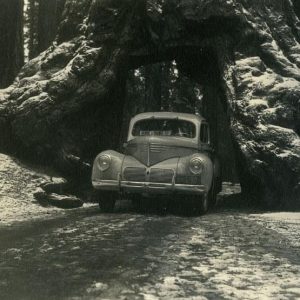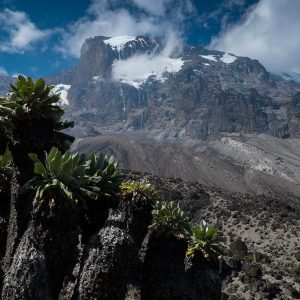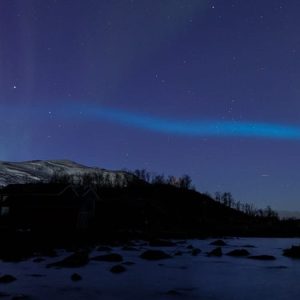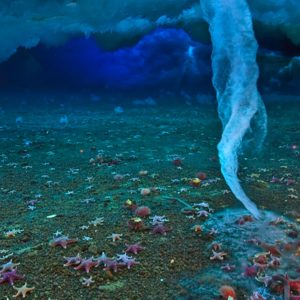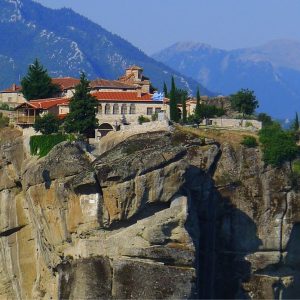Grand Canyon National Park is a world-renowned natural wonder that attracts millions of visitors each year. Its breathtaking vistas and awe-inspiring beauty have captivated the hearts and minds of people from all walks of life. While the Grand Canyon is famous for its sheer size and iconic views, there are numerous hidden wonders and fascinating facts that many may not be aware of. In this article, we unveil 13 things you didn’t know about Grand Canyon National Park, shedding light on the lesser-known aspects of this majestic natural wonder.

1. A Geological Marvel
Ancient Origins
The Grand Canyon is not just a sight to behold; it is a geological marvel that tells a story spanning millions of years. The layers of rock exposed in the canyon walls reveal a timeline of Earth’s history, showcasing ancient landscapes and the forces that shaped them. Some of the rocks found in the canyon are over 1.8 billion years old, providing a glimpse into the Earth’s distant past.

Ongoing Formation
Contrary to popular belief, the Grand Canyon is not a relic of the past but a landscape in the making. The Colorado River, flowing through the canyon, continues to carve its way through the rock, shaping and deepening the canyon over time. This ongoing geological process ensures that the Grand Canyon is ever-evolving and dynamic.

2. A Biodiversity Hotspot
Diverse Flora and Fauna
While the Grand Canyon is renowned for its geological splendor, it is also home to a remarkable array of plant and animal species. The park boasts a rich biodiversity, with over 1,500 plant species and hundreds of animal species, including elk, bighorn sheep, and the endangered California condor. Exploring the park’s trails and ecosystems unveils a world teeming with life and natural wonders.

Hidden Springs
One of the hidden wonders within the Grand Canyon is its hidden springs. These pockets of water create oases of life in the otherwise arid desert environment. They provide crucial water sources for plants and animals, supporting diverse ecosystems and serving as havens for species adapted to desert conditions.

Native American Heritage
Long before it became a national park, the Grand Canyon held deep cultural significance for Native American tribes. The canyon and its surroundings are considered sacred lands and are tied to numerous creation stories and spiritual beliefs. Several tribes, including the Havasupai, Hopi, and Navajo, have ancestral connections to the canyon, leaving behind a rich cultural legacy.

3. Cultural Significance
Archaeological Sites
Within the park, there are numerous archaeological sites that offer glimpses into the lives of the indigenous peoples who inhabited the area for thousands of years. These sites, such as granaries, petroglyphs, and dwellings, provide valuable insights into ancient civilizations and their relationship with the land.

4. An Adventure Lover’s Paradise
Hiking Trails
Grand Canyon National Park offers an extensive network of hiking trails that cater to adventurers of all levels. From the iconic Bright Angel Trail to the challenging Rim-to-Rim hike, there are options for every enthusiast. Exploring these trails allows visitors to immerse themselves in the park’s beauty and experience the grandeur up close.

River Rafting
For those seeking a unique and thrilling adventure, the Colorado River offers exhilarating whitewater rafting opportunities. Guided rafting trips provide a chance to navigate the river’s rapids while marveling at the towering canyon walls. It’s an unforgettable way to experience the grandeur of the canyon from a different perspective.

5. Dark Skies and Stargazing
International Dark Sky Park
In recognition of its pristine night skies, Grand Canyon National Park has been designated an International Dark Sky Park. The park’s remote location and limited light pollution create optimal conditions for stargazing. Visitors can witness a dazzling display of stars, planets, and celestial phenomena, making it a paradise for astronomy enthusiasts.

Star Parties
To enhance the stargazing experience, the park organizes regular star parties, where astronomers and park rangers provide educational programs and telescope viewing opportunities. These events offer a chance to delve deeper into the mysteries of the universe while enjoying the tranquil beauty of the canyon at night.



